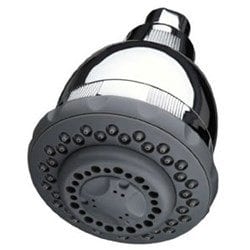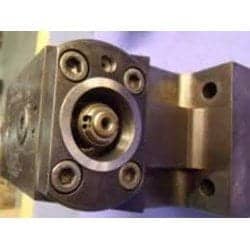Most paint strippers
are harsh – they work by dissolving the paint. The main ingredient,
methylene chloride, is a potential cancer-causing agent. Another type of
biodegradable paint strippers is currently available. They are
water-dissolvable and non-caustic.
Safe Paint Stripping
Low VOC Paint Stripping
The main ingredient in these items is called N-Methylpyrrolidone (NMP), a natural dissolvable. As opposed to burning or liquefying, the compound artificially changes the paint, softening it for less demanding removal. This ingredient is considered a natural dissolvable, NMP and can still be potentially harmful. While the lethal impacts of MNP on people have not been studied, MNP is poisonous to the regenerative frameworks of animals.
In light of the tests, you ought to treat NMP as a potential human hazard. Pregnant ladies particularly ought to use caution or stay away from using paint strippers altogether.
These new low VOC strippers are more costly than their conventional partners, and they take more time to work. – Tips for less poisonous, more proficient painting
~ Read the name and item writing: Besides general data, search for:
VOC Content: Usually recorded in grams every liter, this can go from 5 to 200. Utilizing an item with the most minimal VOC substance will yield the least general wellbeing danger.
EPA, OSHA, DOT Registrations: When an item has an EPA, OHSA or DOT enrollment number, this implies that it contains harmful fixings which should be checked. One approach to guarantee that you are utilizing an item that is protected both for nature and the utensil is to search out items which are not enrolled with these agencies.
Here are some tips to avoid harmful exposure to these paint strippers.
~ Buy the right amount of paint for the job you are doing. Before you start a large paint project, measure the area you are painting first. Make sure the territory to be painted is (height x width = square feet). One gallon covers around 400 square feet.
~ Re-use Turpentine and Paint Thinners. Just permit utilized more slender or turpentine to remained in a shut, marked compartment until paint or soil particles settle to the base. Spill off the reasonable fluid and reuse.
~ Avoid Cleaning Brushes and Rollers. Paint brushes and rollers utilized for an on-going undertaking can be spared overnight, or even up to a week, without cleaning whatsoever. Essentially wrap the brush or roller cozily in a plastic pack, for example, a bread or produce sack. Crush out air pockets and store far from light. The paint won’t dry in light of the fact that air can’t get to it. Essentially unwrap the brush or roller the following day and proceed with the occupation. (This works for water and oil-based paints and stains. It doesn’t work for varnishes or enamels.)
When you do at long last wash you brushes or rollers, wash them in a pail of water than in the sink. Pour the utilized paint-laden water in a fixed holder and bring to your nearby waste station alongside your unfilled paint jars.
~ Natural Brush Cleaner. Turpentine, produced using the sap of coniferous trees, is an ecologically amicable dissolvable. It is great for cleaning brushes utilized with oil-based paints, and for cleaning up little trickles. Utilize a short glass jug, filled no higher than the swarms. Include a couple of drops of dish washing fluid. In the wake of cleaning the brush, flush with water.
~ Circulate. To diminish the effect of indoor air toxins, flow outside air through your home as regularly as could be expected under the circumstances. Stay away from the utilization of mixed paints through and through. At the point when painting roofs, particularly, make certain to give cross-ventilation to evacuate paint exhaust. Exhaust climb as paint dries, along these lines with roofs the vapor scatter all the more gradually following there’s no air over the paint. You can diminish crisp paint smells by putting a little dish of white vinegar in the room.
~ Beware Old Lead Paint. Paint produced before the 70’s contains lead, which has hurtful consequences for well being and improvement. In the event that the paint is still fit as a fiddle, you can paint over it, or abandon it be – lead is just noxious if ingested or breathed in. On the off chance that paint must be uprooted in little zones, wet the surface and rub precisely. Never sand dry lead paint. Clean up with trisodium phosphate (TSP). For substantial zones, bring in an expert confirmed in lead decrease.
~ Store halfway full jars upside down. Extra paint can be put something aside for quite a long time if put away appropriately. Verify the tops are decently fixed, then store the jars upside down. This keeps air from getting inside the can and creating the paint to thicken and dry.
~ Solidify old paint. Extra paint ought not be spilled down the channel on the grounds that groundwater supplies may be influenced. By evacuating the cover, the staying undesirable paint will cement and after that can be dealt with as robust waste.
~ Remember the BUD tenet. Purchase no more item than you require. Approach your retailer for help in surveying the amount you require. USE up all the item you purchase. Offer scraps to a neighbor or group association. Discard scraps in a sheltered, capable way.
To find out more about Low VOC Paint Thinners go to http://www.armakleen.com




